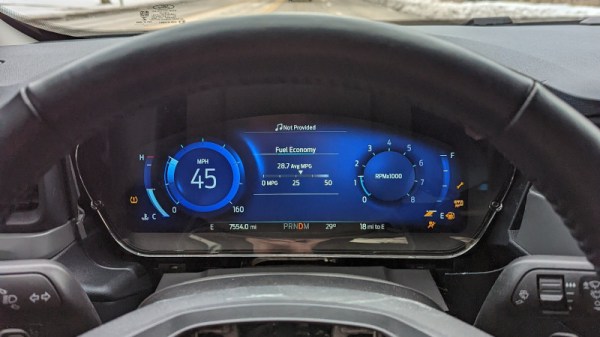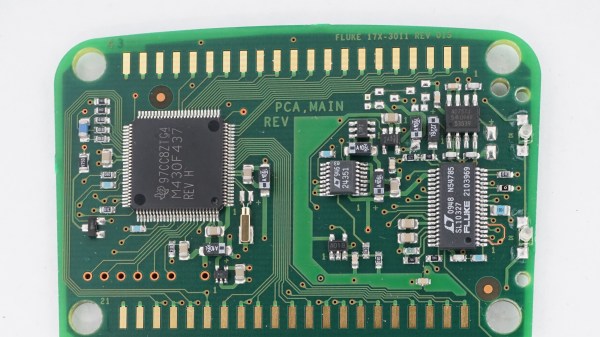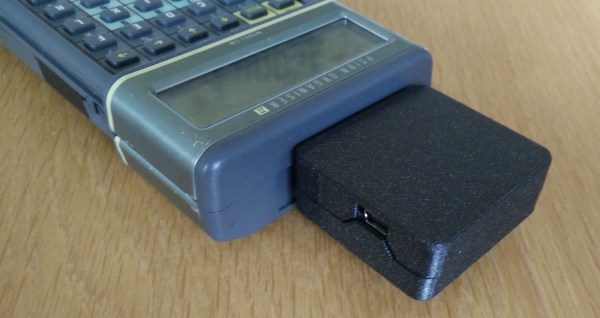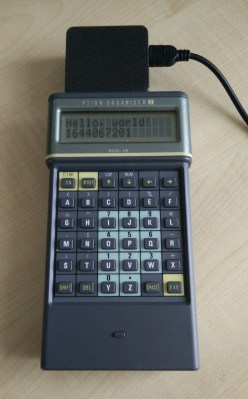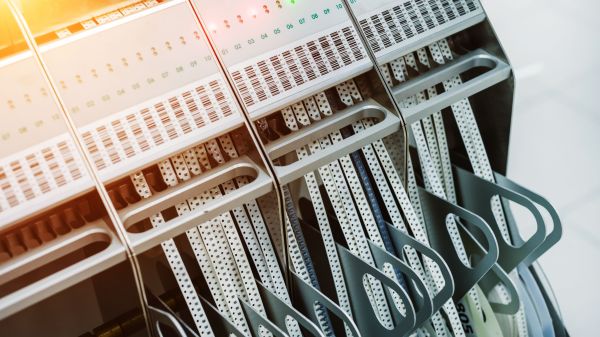Ford is looking to make their new Maverick compact truck stand out, and so far, it seems to be working. Not only is it exceptionally cheap for a brand-new hybrid, truck or otherwise, but Ford actively encourages owners to modify their new ride. From standardized mounting points throughout the cabin intended for 3D printed upgrades, to an auxiliary 12 VDC line run to the bed specifically for powering user supplied hardware.
But we doubt even the most imaginative of Blue Oval engineers could have predicted that somebody would rip out the whole dash module and replace it with one from a higher-end Ford this early in the game. While many people can’t even find one of these trucks on the lot, [Tyvemattis] on the Maverick Truck Club forum has detailed his efforts to replace the relatively uninspired stock dash module of his truck with an all-digital version pulled from a 2020 Ford Escape Titanium.

Now we say “effort”, but as it turns out, the swap went off nearly without a hitch. The new digital module not only appears to be the identical size and shape as the original, but they both use the same connectors. Presumably this is because both vehicles are based on Ford’s scalable C2 platform, and likely means more components from this family of vehicles such as the Lincoln Corsair or new Bronco could be installed into the Maverick.
So what’s the downside? According to [Tyvemattis], the computer is throwing error messages as the Maverick doesn’t have a lot of the hardware that the dash is trying to communicate with. He also can’t change the vehicle’s driving mode, and the cruise control can only be enabled when the truck is stopped. But probably the most annoying issue is that the fuel gauge is off by 50%, so when the tank is full, it shows you’ve only got half a tank. At least one other user on the forum believes this could be alleviated by modifying the fuel sensor wiring, so it will be interesting to see how difficult a fix it ends up being.
We first ran across the DIY-friendly Maverick back in October of last year, and we’re encouraged to already see owners answering Ford’s challenge by tinkering with the vehicle. Here’s hoping this is the start of a new chapter in the long and storied history of car hacking.
Thanks to [Matt] for the tip.

